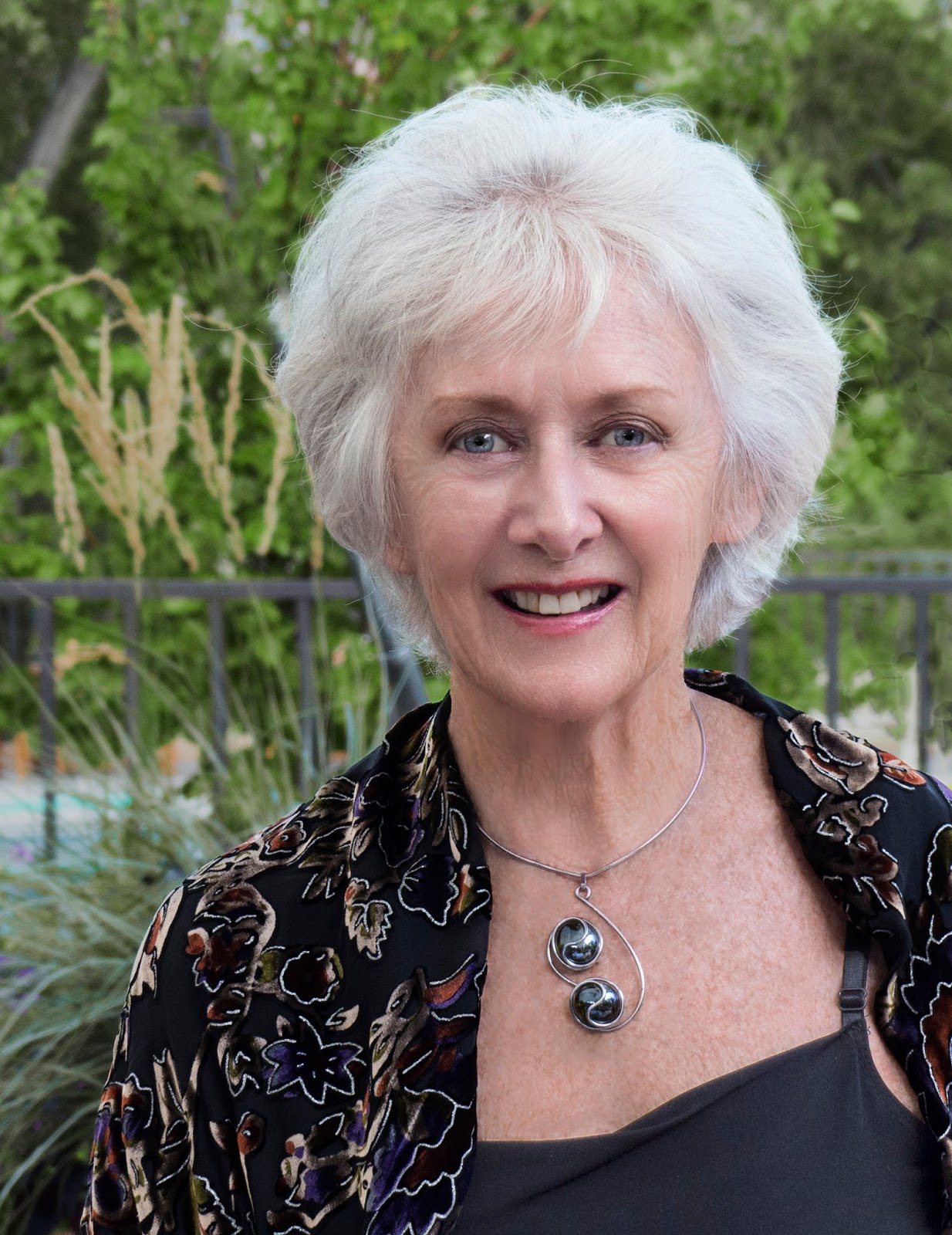By Douglas Neslund
Subtitled Live while you’re alive, the talented teens of the
Music Academy of Ramón C. Cortines School of Visual and Performing Arts located
near the Music Center complex created their own version of the epic story of
Gilgamesh, including all of the music. The original epic is very long, and once
chosen out of a number of possible projects last fall at the start of the
school year, the first job was to do some pretty hefty cutting of the epic to
fit into a 42-minute space of time, and reshape into a form of oratorio.
Under the guidance of Jonathan Beard, Doug Cooney and Marnie
Mosiman, and with the considerable support of music teachers Desiree Fowler and
Christopher Rodriguez, who also shared conducting duties, the students of Music
Academy choirs wrote the lyrics and music over a 20-week Voices Within
residency in a remarkably skillful coalescence of style and congruity with roots in musical theatre.
Rehearsals of chorus and orchestra were limited to a three-week
period leading to two performances in the school’s 950-seat Main Theatre, a
grey-black room with bright red accents. Utilizing the internet, chorus members
could go online to find recorded accompaniments to the many choruses of the
work, a creation of Ms. Mosiman, who is Artistic Director of Voices Within, a
community outreach program of the Los Angeles Master Chorale.
The oratorio opened with the drama of James Centeno’s Arabic
pop song with Brandon Alulema’s plaintive oboe that set the appropriate mood
reflecting the oratorio’s time and place, that being modern-day Iraq. Aisha,
effectively played and sung by Alice Shin as the storyteller, relates the story
of Gilgamesh to Frederick, an injured-in-a-jeep-accident international aid worker
(Fumbah Tulay). Thus framed, the work walks through the king’s dramatic life,
including lessons imposed upon him by The Gods to rid him of his arrogance
through encounters with enemies, monsters, lovers, The Flood, and The Plant of
Life, culminating in this: [Immortality] “is not all that it’s cracked up to
be.” With that, Aisha and Frederick return to the present, the dust storm that
caused the wreck of their jeep having dissipated and passed on.
 Especially notable among the many soloists were Serena
Boutin as Siri, Kevin Clemente as Gilgamesh and Harmony Tividad as Siduri.
Brief but effective instrumentation was provided by three guitarists: Christian
Bhagwani, Robert Gonzalez and Benjamin Markus. Violinist Mitch Forte, violist
Jamaiya Penn, ‘cellist Lucy McKnight, and percussionist Jodie Landau played their parts well. Participating Master Chorale members included sopranos Tamara
Bevard and Hayden Eberhart; altos Leslie Inman and Tracy Van Fleet; tenors
Daniel Cheney and Charles Lane; and basses Abdiel Gonzalez and Vincent Robles.
Especially notable among the many soloists were Serena
Boutin as Siri, Kevin Clemente as Gilgamesh and Harmony Tividad as Siduri.
Brief but effective instrumentation was provided by three guitarists: Christian
Bhagwani, Robert Gonzalez and Benjamin Markus. Violinist Mitch Forte, violist
Jamaiya Penn, ‘cellist Lucy McKnight, and percussionist Jodie Landau played their parts well. Participating Master Chorale members included sopranos Tamara
Bevard and Hayden Eberhart; altos Leslie Inman and Tracy Van Fleet; tenors
Daniel Cheney and Charles Lane; and basses Abdiel Gonzalez and Vincent Robles.
It is utterly life affirming to know that the high schoolers
of today, under the finest instructors, are able to give us a glimpse of their
future in music and the arts. Bravi, tutti!
Photo credit: Patrick Brown
Photo credit: Patrick Brown















1 comment:
That building was designed by the Viennese, very avant garde, architectural firm, Coop Himmelb(l)au.
Post a Comment